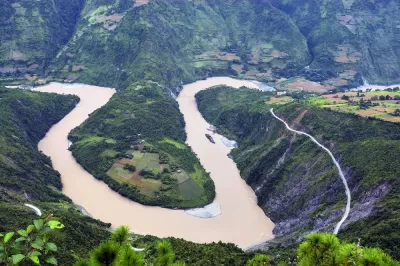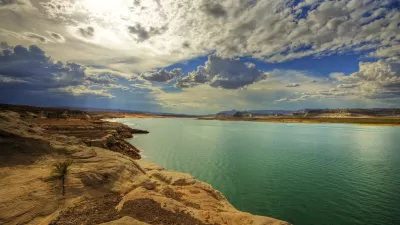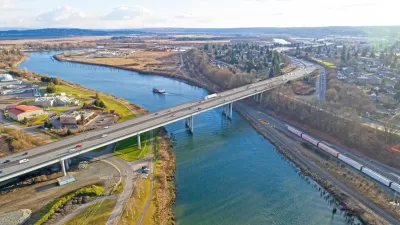Plans to dam China's last wild river have been circulating since 2003, but now it seems that conservationists could emerge victorious

Stuart Leavenworth reports: "Conservationists have had little to celebrate amid China’s dam-building boom of the last half century. In the Nu River gorge, they appear to be on the cusp of a rare victory." Leavenworth also explains the reasons for the optimism:
Yunnan’s provincial secretary recently announced a halt to small hydroelectric projects on tributaries of the Nu. He also advocated the creation of a national park in the region. Many think that announcement signals the shelving of plans for the Nu dams, which would displace thousands of villagers and forever alter the gorge’s natural scenery.
A combination of factors has contributed to the change of momentum: geologists have uncovered the threat of earthquakes in the area and "China’s anti-corruption campaign has swept up Yunnan officials supportive of the China Huadian Corp., the company planning the dams," explains Leavenworth. China is also reported to have an energy glut.
The article offers maps and many pictures, to offer more context and insight into the people and places found along the Nu River—described by some as the Grand Canyon of the East.
FULL STORY: China May Shelve Plans to Build Dams on Its Last Wild River

Trump Administration Could Effectively End Housing Voucher Program
Federal officials are eyeing major cuts to the Section 8 program that helps millions of low-income households pay rent.

Planetizen Federal Action Tracker
A weekly monitor of how Trump’s orders and actions are impacting planners and planning in America.

Ken Jennings Launches Transit Web Series
The Jeopardy champ wants you to ride public transit.

California Invests Additional $5M in Electric School Buses
The state wants to electrify all of its school bus fleets by 2035.

Austin Launches $2M Homelessness Prevention Fund
A new grant program from the city’s Homeless Strategy Office will fund rental assistance and supportive services.

Alabama School Forestry Initiative Brings Trees to Schoolyards
Trees can improve physical and mental health for students and commnity members.
Urban Design for Planners 1: Software Tools
This six-course series explores essential urban design concepts using open source software and equips planners with the tools they need to participate fully in the urban design process.
Planning for Universal Design
Learn the tools for implementing Universal Design in planning regulations.
Ada County Highway District
Clanton & Associates, Inc.
Jessamine County Fiscal Court
Institute for Housing and Urban Development Studies (IHS)
City of Grandview
Harvard GSD Executive Education
Toledo-Lucas County Plan Commissions
Salt Lake City
NYU Wagner Graduate School of Public Service





























